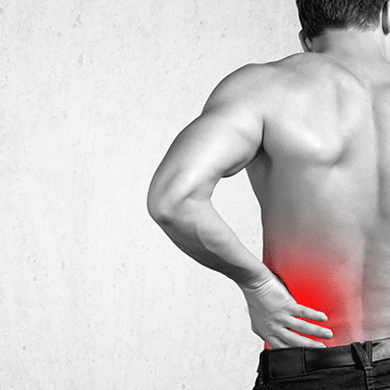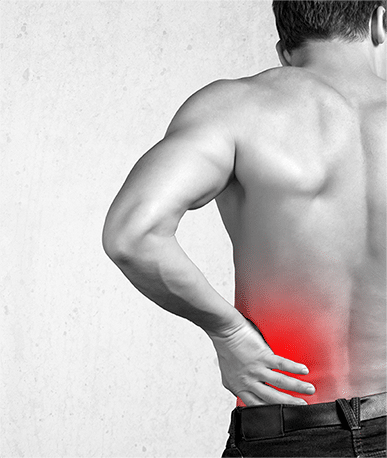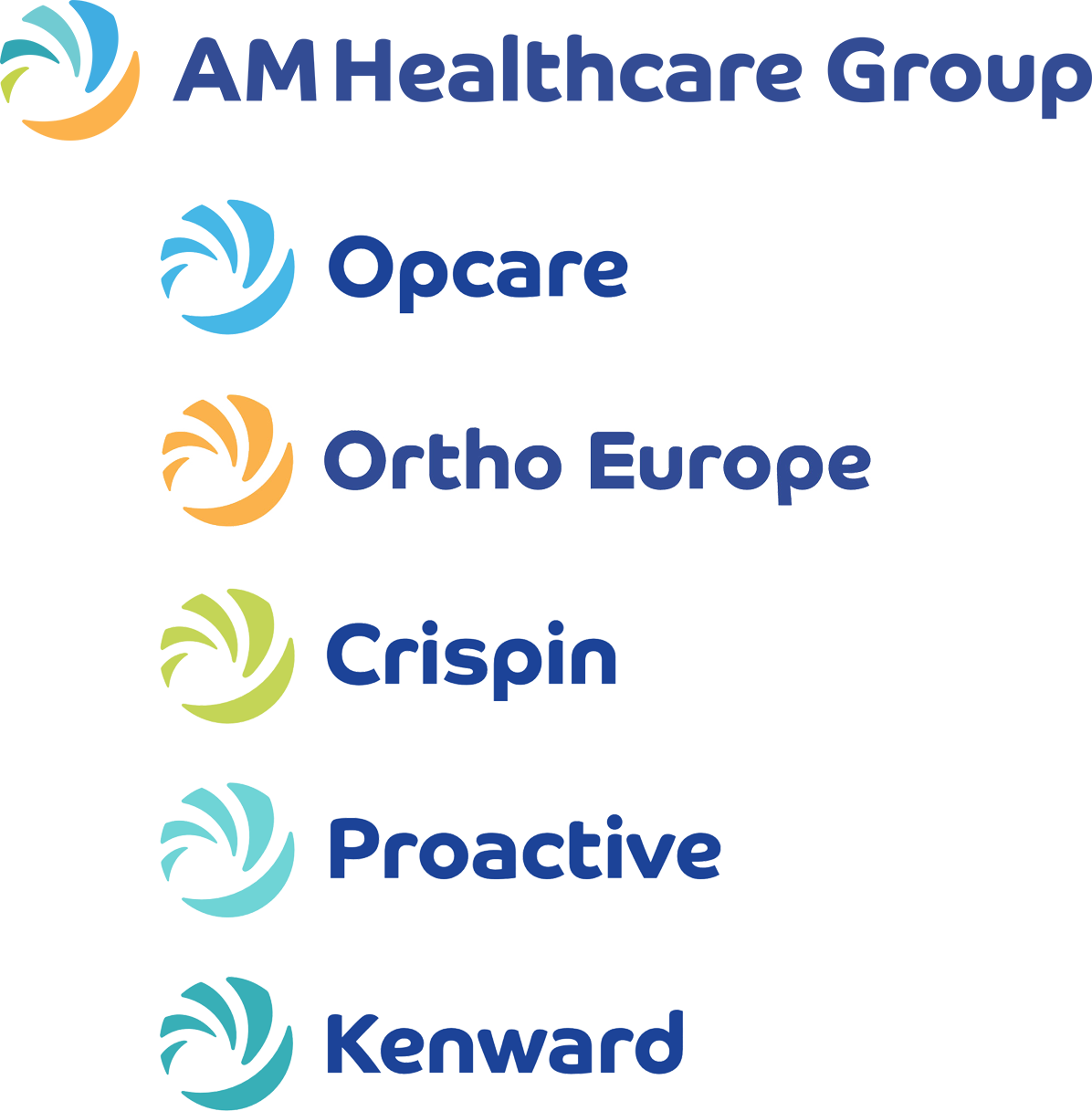

What is a Slipped Disc?
Increased pressure on the vertebral discs (the cartilage type structures between the bones of the spine) normally causes the connective tissue surrounding the discs (outer ring) to break down, allowing the softer part of the disc to swell and bulge out. As we get older the outer ring tends to become less flexible and is weaker.
Symptoms
Symptoms are not always present. When pain is present it is mainly due to:
• Pressure on the root nerves (the part of the nerve as it leaves the spinal column), causing paralysis of single muscles, radiating pain to arms or legs and lack of sensation.
• Pressure on the spinal cord, which causes muscle spasm, lack of feeling and can cause paralysis of the lower limbs below the affected spinal level. It is also referred to as sciatica.
• Pressure on the cauda equina ( a bundle of nerves in the bottom of the spine so named because they resemble a horses tail), which causes problems with bladder control, numbness in the groin region, pain in the rectum and paralysis of one or both legs.
Treatments
A Lumbar sacral orthosis (LSO) can be used to reduce pain and offload the vertical forces applied to the spine during the early stages by compressing and reinforcing the spine.




